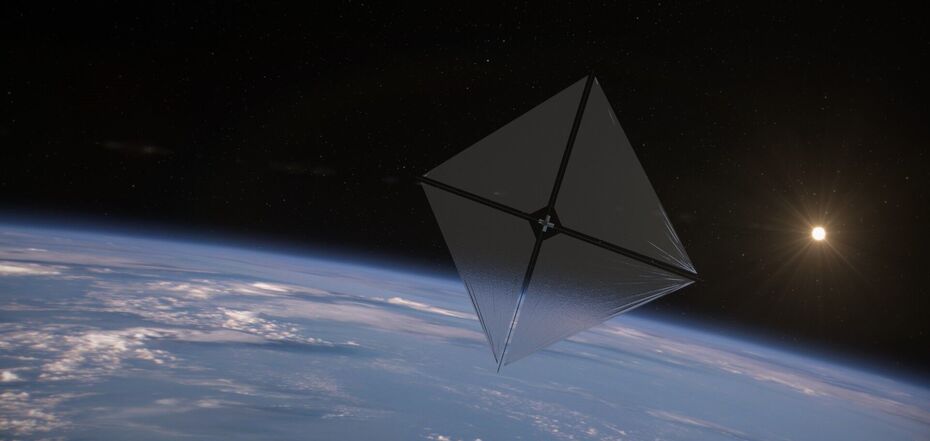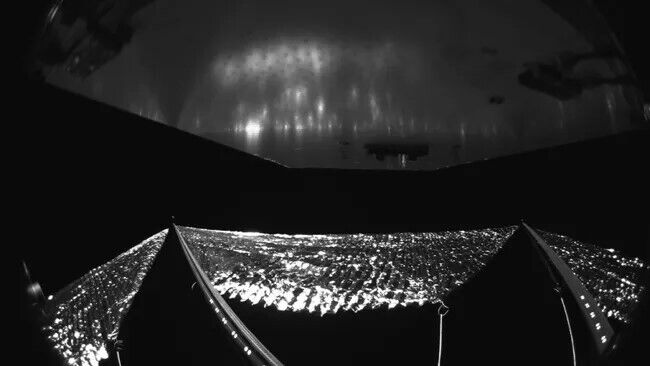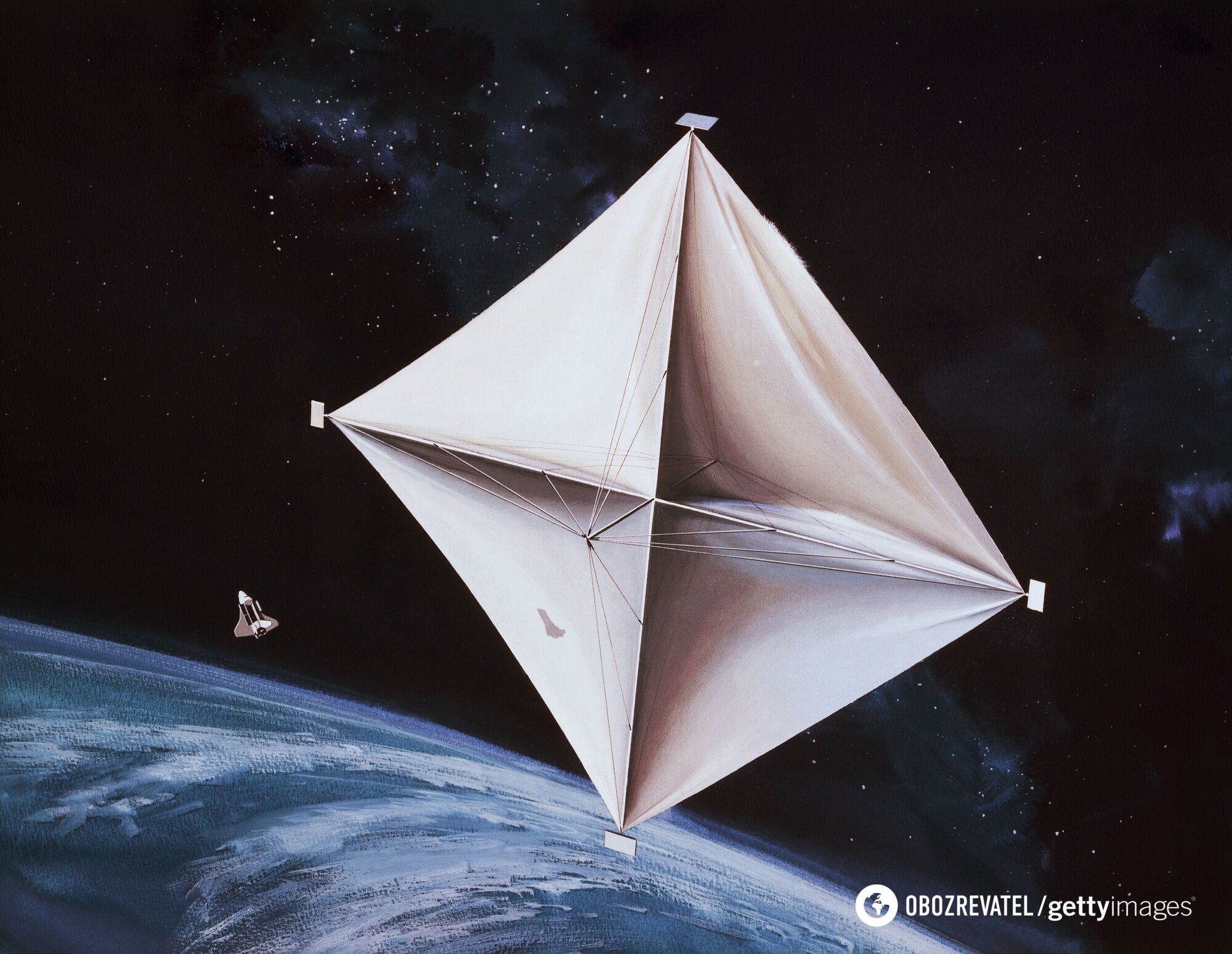News
NASA spacecraft takes first photo of its giant solar sail
On April 23, 2024, NASA launched a prototype solar sail into orbit around the Earth, a technology that scientists say could dramatically change the way we think about spacecraft movement. And on August 29, the agency confirmed that the sail had successfully deployed in outer space, but did not provide official photographic evidence of this.
But finally, NASA published the first image of the open solar sail, officially called the Advanced Composite Solar Sail System. The US agency said that the spacecraft from which the sail was released will continue to send more images and data over time, Space.com reports.
The first image of the space sail is somewhat confusing. NASA explained that this is partly because the spacecraft is slowly tipping over in space. According to experts, operators will introduce orientation control and stabilize the vehicle after collecting enough data to paint a picture of how the sail and the composite gybes hold it together.
NASA notes that there are four wide-angle cameras in the center of the spacecraft that mount the sail. At the bottom of the image, one camera shows "the reflective quadrants of the sails supported by composite booms." In the upper part of the photo, the back surface of one of the ship's solar panels can be seen. After all, most spacecraft are equipped with solar panels because they are powered by sunlight.
"The five sets of marks on the booms near the spacecraft are reference markers that indicate the full extension of the sail. The booms are set at right angles, and the solar panel is rectangular but looks distorted due to the camera's wide field of view," NASA explained.
According to the scientists, the success of this mission is impressive because solar sail technology is an advanced concept both in practice and in theory.
A solar sail looks like a flat sheet. In the case of NASA's composite solar sailing system, it has a square area that is half the size of a tennis court (approximately 80 square meters).
Experts emphasize that the most important thing is that these sails can be hypothetically attached to any type of spacecraft as long as sunlight particles hit their material.
According to scientists, a solar-powered ship in space is propelled by the pressure of sunlight hitting its sail. This means that a solar-powered device can not only reduce fuel requirements but, in theory, it should be able to reach very high speeds. After all, it can achieve fuel-free acceleration for an indefinite period.
However, scientists have not yet been able to achieve such results. This solar sail system is not the first to be launched. Japan's Ikaros spacecraft was responsible for the debut successful deployment of solar sails in 2010, and there have been several other attempts since then.
NASA emphasizes that the Advanced Composite Solar Sail System will leave its mark on the history of engines. The next step for the team (after stabilizing the spacecraft and analyzing the dynamics of its flight) will be to start maneuvering the ship in orbit.
Only verified information is available on the OBOZ.UA Telegram channel and Viber. Do not fall for fakes!





























